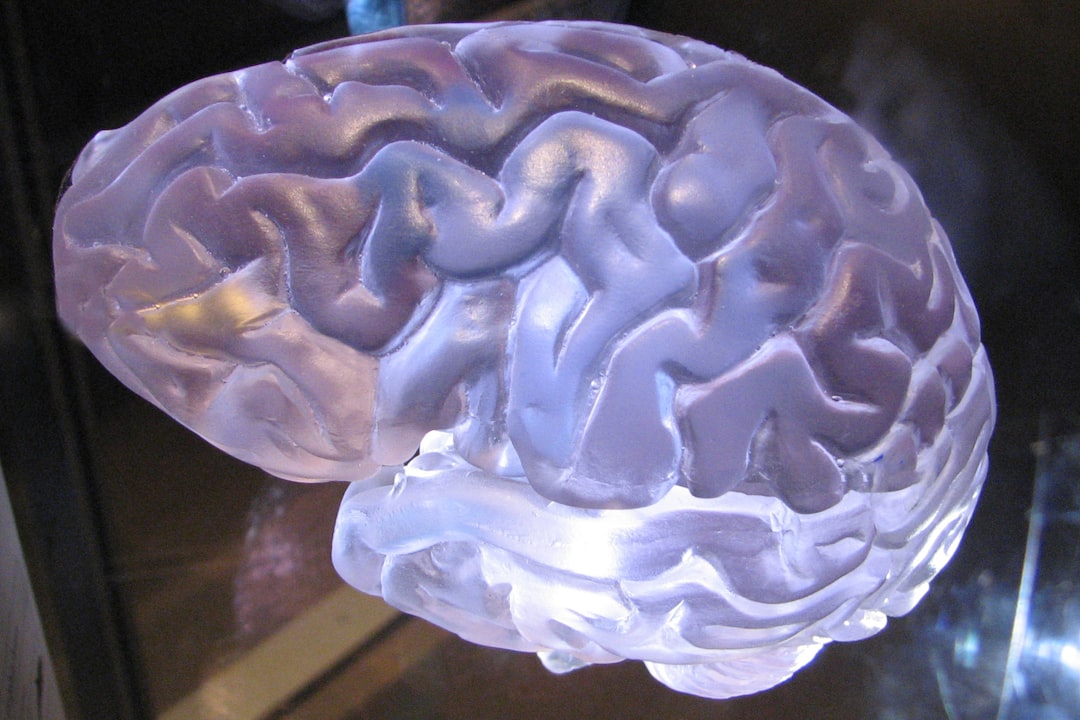What is it about?
Reproduction is a critical event for the success of aquaculture. However, farming conditions provoke in many cases inhibition of reproduction and important losses in this economic activity. In the present work, we have identified and characterized morphologically and physiologically a recently discovered hormonal system involved in the inhibition of reproduction in vertebrates.
Featured Image
Why is it important?
The potential of Senegalese sole for diversification in European aquaculture is growing. Unfortunately, the aquaculture of sole is still dependent of specimens caught in the wild because the animals born in captivity are not able to reproduce. Therefore, to deepen in the knowledge of a hormonal system that inhibits reproduction such as the gonadotropin-inhibitory hormone could help in overcoming these reproductive problems and contribute to the consolidation of sole aquaculture.
Perspectives
I expect that this article can show people that basic research is necessary and a pre-requisite to approach with success practices such as aquaculture. By increasing our scientific background and deciphering multifactorial processes involved in complex functions like reproduction, we will also increase our possibilities to control them and, therefore, our capacity to deal with potential problems.
Professor Jose A. Muñoz-Cueto
University of Cadiz
Read the Original
This page is a summary of: Gonadotropin-inhibitory hormone in the flatfish, Solea senegalensis
: molecular cloning, brain localization and physiological effects, The Journal of Comparative Neurology, October 2017, Wiley,
DOI: 10.1002/cne.24339.
You can read the full text:
Contributors
The following have contributed to this page










